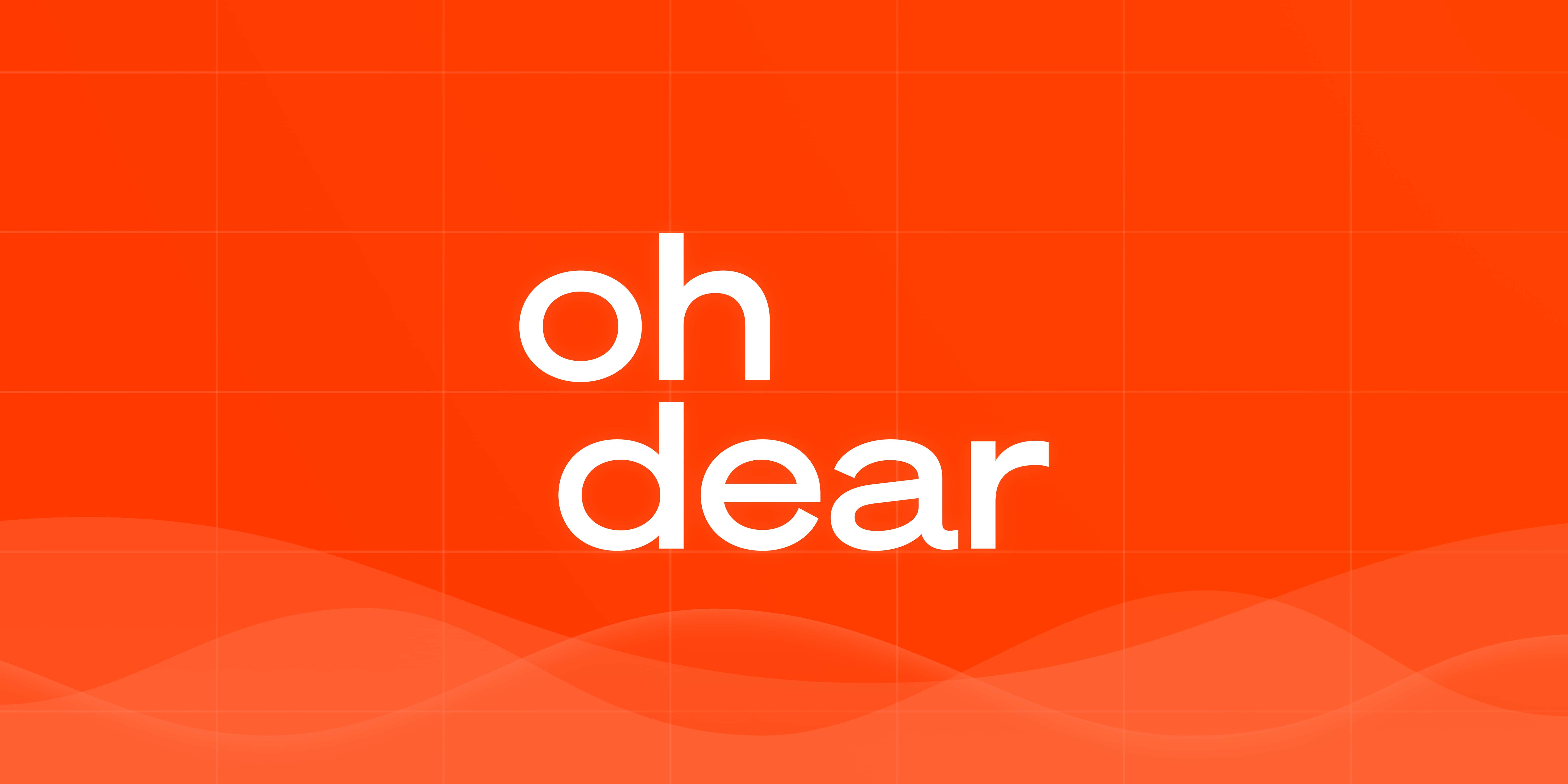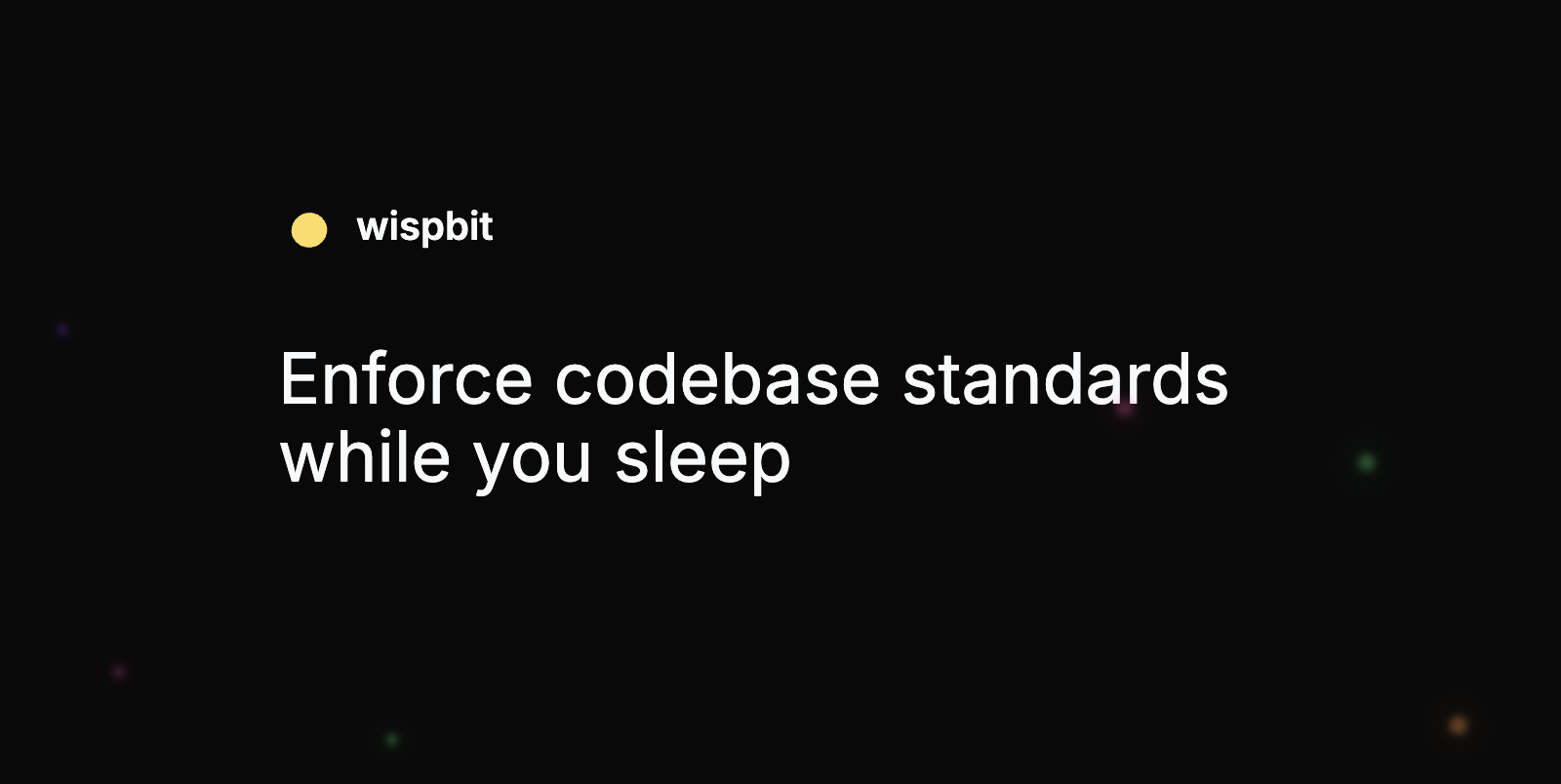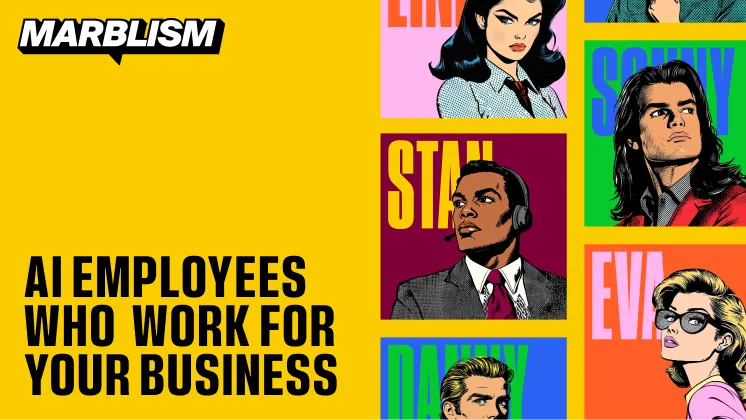DevOps Articles
Curated articles, resources, tips and trends from the DevOps World.
The Unlikely Journey of GraphQL

Summary: This is a summary of an article originally published by The New Stack. Read the full original article here →
MongoDB’s claim to fame has been its devotion to the preferences of developers, with its view that JSON is the natural way to represent data, and that https://thenewstack.io/an-introduction-to-json/ query is the intuitive way to access it. But when it came to accessing mobile data, https://www.mongodb.com/cloud/atlas/?utm_content=inline-mention https://www.mongodb.com/docs/realm/graphql/ to access JSON with https://www.mongodb.com/press/mongodb-strengthens-mobile-offerings-with-acquisition-of-realm, embracing a new protocol, https://graphql.org/ as the more expedient means for querying mobile data. From its beginnings at Facebook as a more declarative approach to querying data, GraphQL provides a data access API for exchanging data between apps that could pick up where the de facto standard https://www.techtarget.com/searchapparchitecture/definition/RESTful-API API leaves off.
Facebook created the original client specifically for its own graph of data sources, so outside Facebook, the API needed to be generalized.
While, for instance, GraphQL can aggregate data from many sources, it is not on its own a data virtualization or data federation tool.
Product
Useful Links
Made with pure grit © 2025 Jetpack Labs Inc. All rights reserved. www.jetpacklabs.com





